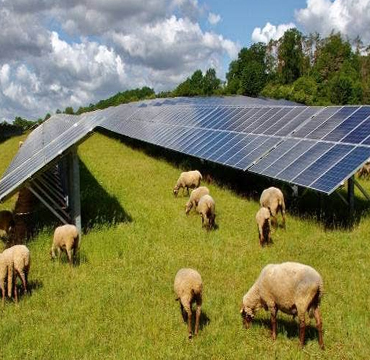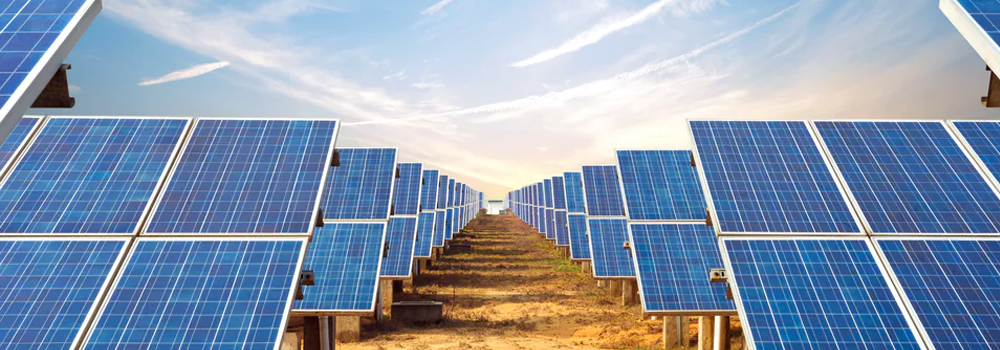Manufacturing Unit
Solar farms: what are they and how do they work?
The solar industry has seen rapid growth over the past decade, and a major contributing factor has been the surge in solar farms popping up across the globe.

Project Objectives
Day time power availability for agriculture pumping. Decoupling irrigation sector from power subsidy burden. Minimizing cross subsidy burden on Commercial & Industrial electricity consumers. Replacement of Diesel pumps to reduce pollution.
Beneficiary Selection Criteria
Farmers having farmland with assured source of water are eligible. However, Farmers having conventional Electricity connection shall not get benefit of Solar AG Pump from this scheme. Farmers from Area which are not electrified through conventional source of energy (i.e. by MSEDCL). Farmers from Remote & Tribal area
Key takeaways about solar farms
Ecosun is focused toward of a Better, equitable transition to a world powered by renewable energy that benefits everyone will only be achieved within a framework of social, economic and environmental justice.
- A solar farm is generally a large-scale solar installation.
- Solar farms are most often community solar projects or utility-scale solar power plants.
- Solar farms usually have hundreds to thousands of solar panels installed in a large field.
- Solar farms send solar energy to electricity grids, which, in turn, lessens their reliance on power produced by fossil fuels.
Our mission is to convert the electric grid to clean, renewable energy. The only way we see this happening is on a massive scale.
One house at a time isn't fast enough for the planet’s needs. We need solar farms across the globe that can each power thousands of houses.
Well development and deployment of solar technology to support an equitable transition to a decarbonized electricity.
We are intentional in our work, and we believe in being just as intentional in our values.
At the core of who we are












